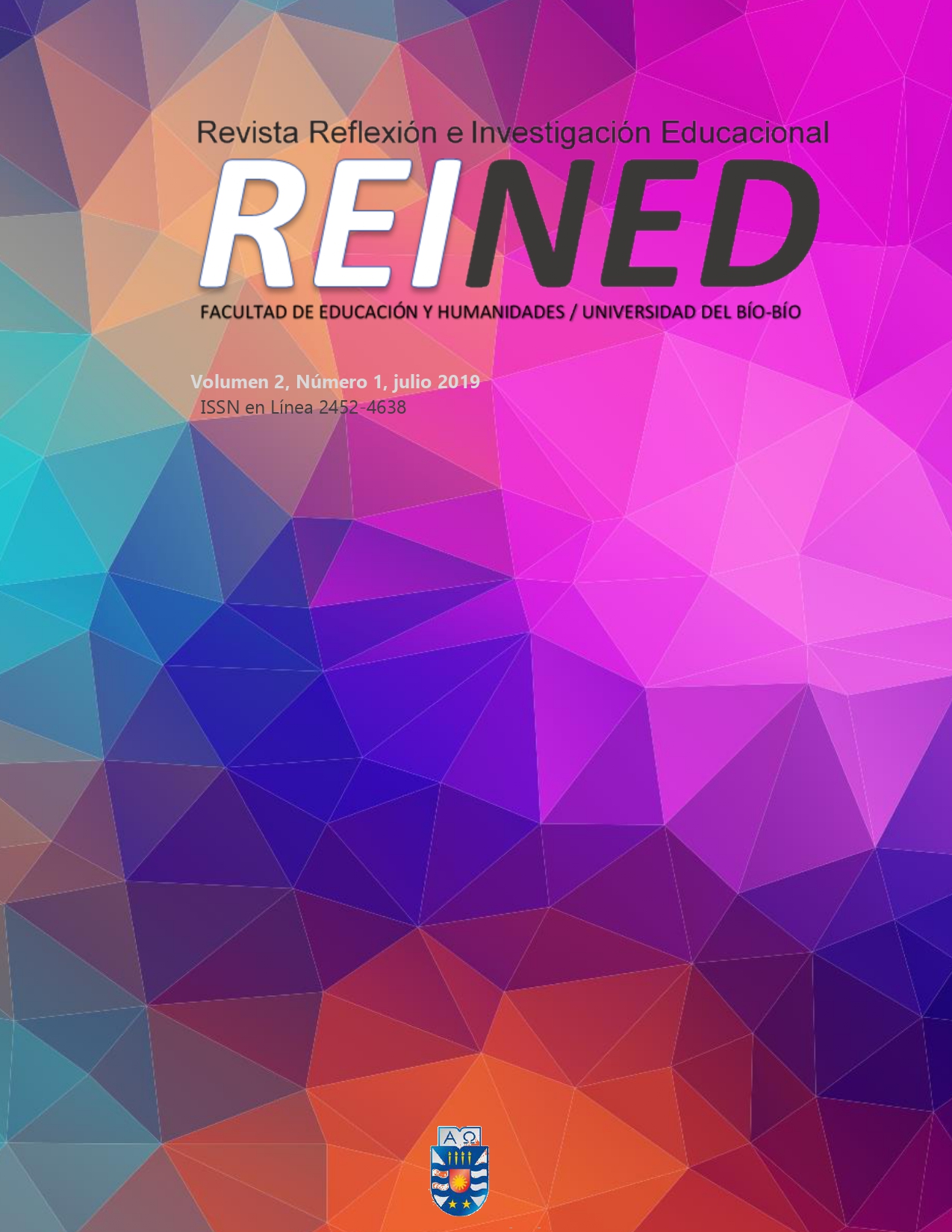Good ICT Practices Program for People With Autism Spectrum Disorder
Main Article Content
Abstract
Considering the detected need on the proper use of information and communication technologies by the population with autistic disorder, it is proposed to create a program that allows adolescents and parents to have knowledge and strategies for responsible and safe use of the technologies of these tools. To carry out the design of this program, specialized bibliography has been revised, from which the educational needs presented by this population have been established, focusing on the diagnostic criteria of the DSM-5. The result is a program with thirty activities aimed at this group and their families. All of them aimed at enhancing the lesser developed capacities, such as the communicational and social skills within the school. It is an updated, functional, concrete program focused on the needs of adolescents and their parents. It is estimated that this program can be transferable to other groups, as well as to other educational contexts.
Article Details
References
Artigas-Pallares, J. y Paula, I. (2012). El autismo 70 años después de Leo Kanner y Hans Asperger. Revista de la Asociación Española de Neuropsiquiatría, 32(115), 567-587.
Baron-Cohen, S. (2016). Autismo y Síndrome de Asperger. Madrid: Alianza Editorial.
García, S., Garrote, D. y Rojas, S. (2016). Usos de las TIC en el Trastorno de Espectro Autista: aplicaciones. Edmetic, Revista de Educación Mediática y TIC, 5(2), 134-157.
Goldín, D.; Kriscautzky, M. y Perelman, F. (2012). Las TIC en la escuela, nuevas herramientas para viejos y nuevos problemas. Ciudad de México: Océano.
Hardy, C., Ogden, J., Newman, J. y Cooper, S. (2002). Autism and ICT: A guide for teachers and parents. London: David Fulton.
Kientz, M. y Dunn, W. (1997) A Comparison of the Performance of Children with and without Autism on the Sensory Profile. The American Journal of Occupational Therapy, 51(7), 530-537.
Ley Orgánica 8/2013, de 9 de diciembre, para la Mejora de la Calidad Educativa. (2013). Boletín Oficial del Estado. España.
Moore, D. J. y Taylor, J. (2000). Interactive multimedia systems for people with autism. Journal of Educational Media, 25, 169-177.
Neale, H., Leonard, A. y Kerr, S. (2002). Exploring the role of virtual environments in the special needs classroom. En Sharkey, P., Sik Lanyi, C. y Standen, P. (Eds.), Proceedings of the 4th ICDVRAT (pp. 259-266). Veszprem, Hungary, 18th-20th September 2002.
Ojea, M. (2017). Trastorno del espectro autista. Madrid: PIRÁMIDE.
Ortega, J. (2018). Prevención del acoso en adolescentes a través de las nuevas tecnologías de la información y la comunicación: programa prev@cib (Tesis doctoral inédita). Universitat de Valencia.
Primack, B., Shensa, A., Sidani, J., Whaite, E., Lin, L., Rosen, D., Colditz, J., Radovic, A. et al. (2017). Social Media Use and Perceived Social Isolation Among Young Adults in the U.S. American Journal of Preventive Medicine, 53(1), 1–8
Rial, A., Golpe, S., Gómez, P. y Barreiro, C. (2015). Variables asociadas al uso problemático de internet entre adolescentes. Health and addictions: salud y drogas, 15(1), 25-38.
Rodríguez, C. (2018). Estrategias de intervención comunicativa en niños con trastorno del espectro autista: análisis del sistema de comunicación total de Benson Schaeffer. Madrid: S.L. Punto Rojo Libros.
Romero, M. y Harari, I. (2017). Uso de nuevas tecnologías TICS - realidad aumentada para tratamiento de niños TEA un diagnóstico inicial. Revista de divulgación científica de la Universidad Tecnológica Indoamérica, 6(3), 131- 137
Sánchez, A. (2017). Trastorno del espectro autista. Evaluación, diagnóstico e intervención educativa y familiar. Jaén: Alcalá Grupo Editorial.
Watling, R., Deitz, J. y White, O. (2000) Comparison of Sensory Profile Scores of Young Children with and without Autism Spectrum Disorders. The American Journal of Occupational Therapy, 406-422
Yubero, S., Larrañaga, E. y Navarro, R. (2018). Los padres ante el ciberacoso: factores de protección. Revista de pedagogía, 70(1), 141-157.

